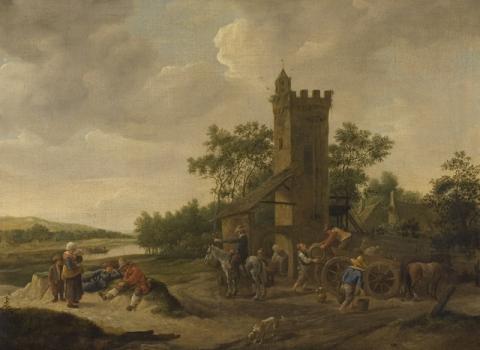Recommendation of The advice
Advies inzake Mautner (B)
In a letter dated 13 June 2007, the Minister of Education, Culture and Science (hereinafter referred to as the Minister) asked the Restitutions Committee (hereinafter referred to as the Committee) for recommendation about the application for restitution dated 4 April 2007 from X.X. in A. (USA) and Y.Y. in A. (USA) (hereinafter referred to as the Applicants). The application for restitution related to a number of items in the Netherlands Art Property Collection (hereinafter referred to as the NK Collection) that might have belonged to their respective uncle and great-uncle Wilhelm M. Mautner during the Second World War. The present recommendation concerns the painting River Landscape with Figures and a Wagon by a Tower by Jan Steen (NK 2655). The painting is currently in the repository of the Rijksdienst voor het Cultureel Erfgoed (Netherlands Cultural Heritage Agency), hereinafter referred to as the RCE.
